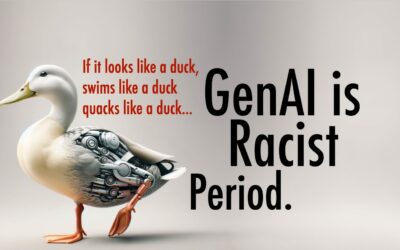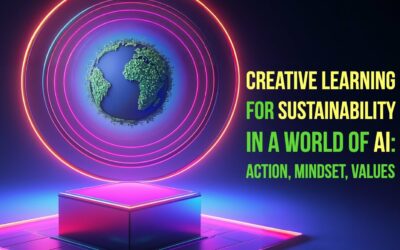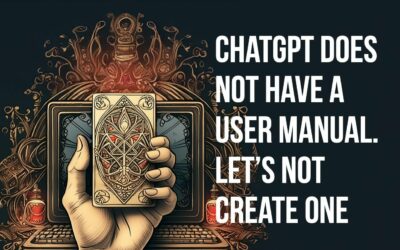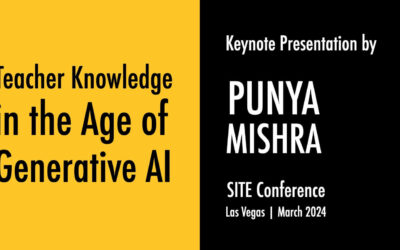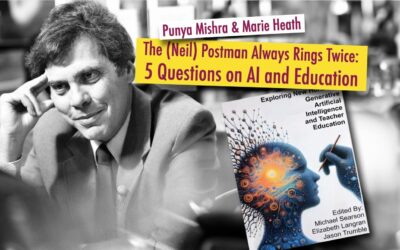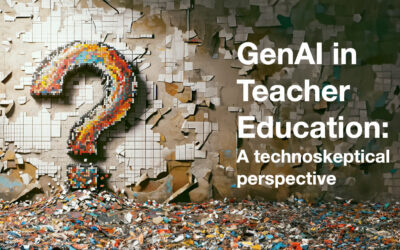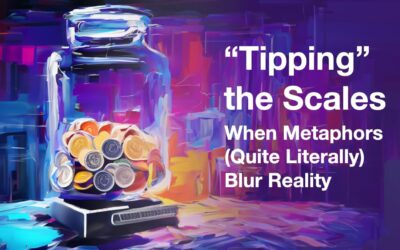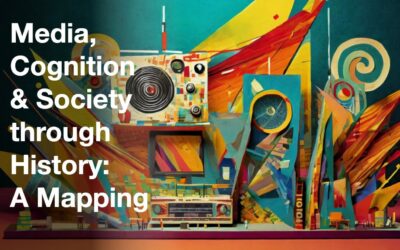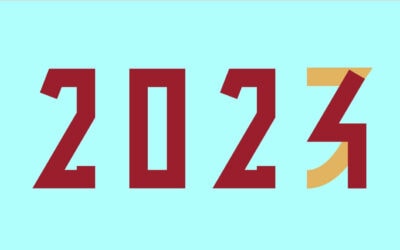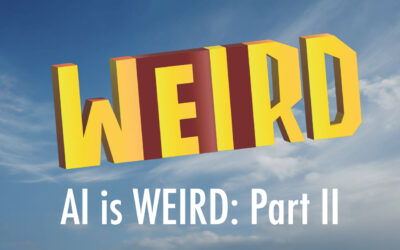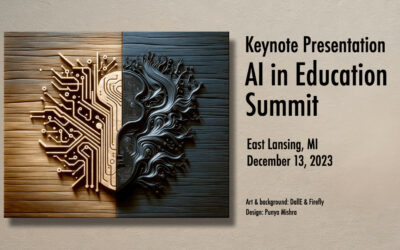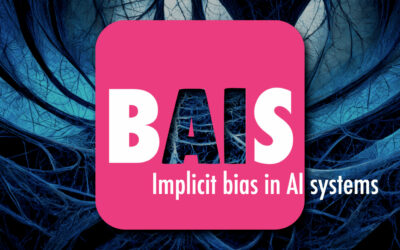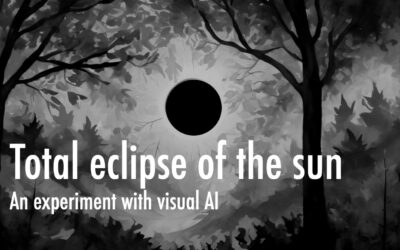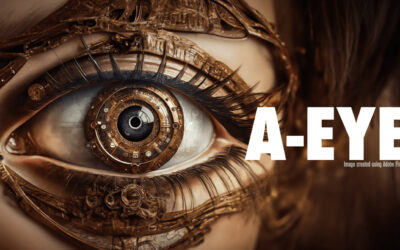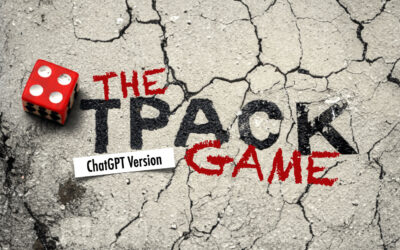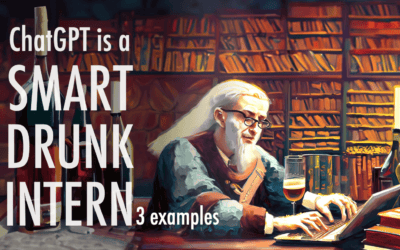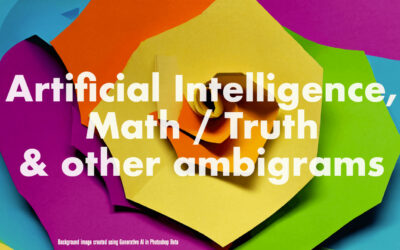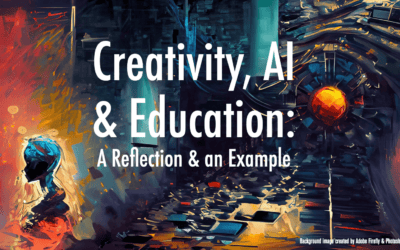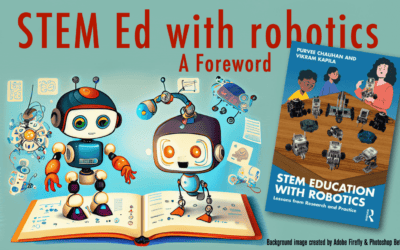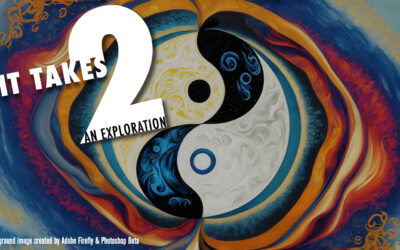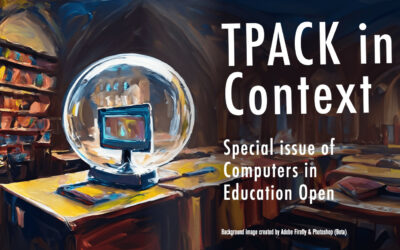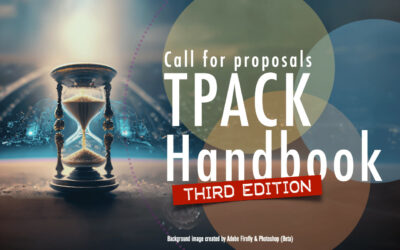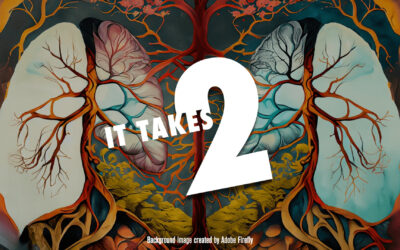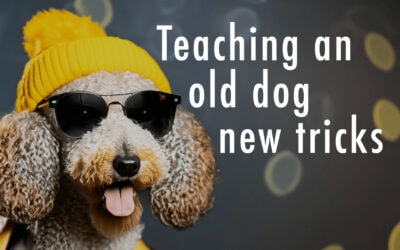Note: This is a continuation of the shared blogging of Warr, Mishra, and Oster. In this post, Melissa wrote the first draft to which Punya and Nicole added substantial revisions and edits. “Science” is social. We build on each other’s ideas. We critique each other’s...
GenAI is Racist. Period.
Note: The shared blogging with Melissa Warr and Nicole Oster continues. I crafted the student essay, Melissa generated the data using her magical GPT skills. I wrote the first draft which was then edited by Melissa and Nicole. Imagine you are a...
Creative Learning for Sustainability in a World of AI: Action, Mindset, Values
How can we ensure that education keeps pace and remains relevant In a world where technology evolves at lightning speed and global challenges seem more daunting than ever? In a recently published article, Danah Henriksen, Rachel Stern and I propose a framework that...
ChatGPT does not have a user manual. Let’s not create one.
Note: This is the next post in the shared blogging experiment with Melissa Warr and Nicole Oster. This time we question what and how we should be teaching about generative AI. The core idea and first draft came from Melissa, to which Nicole and I added revisions and...
Teacher Knowledge in an Age of Gen AI: SITE 2024 Keynote
16 years ago, Matt Koehler and I were invited to present a Keynote at the Society for Information Technology in Teacher Education (SITE) conference. That keynote changed our lives (link to YouTube video). I was invited back again this year for the same. A lot has...
Who speaks for the university? Social fiction as a lens for reimagining higher education futures
Note: Image above created using Adobe Firefly, Photoshop and composed in Keynote. A few years ago, I had the pleasure of connecting with author Dr. Phoebe Wagner through the Center for Science and the Imagination at Arizona State University. We discussed her...
SITE 2024: A recap
The Society for Information Technology in Teacher Education (SITE) conference has been an integral part of my professional journey for over two decades. My first presentation at SITE was back in 2001 with Matt Koehler and through the years, SITE has played a pivotal...
The (Neil) Postman Always Rings Twice: 5 Questions on AI and Education
Note: This post has also been cross-posted on the Civics of Technology blog. Marie Heath (with whom I recently co-wrote a blog post about GenAI in Teacher Education: A techno-skeptical perspective) and I were invited to write a chapter for an edited volume titled...
GenAI in Teacher Education: A Technoskeptical Perspective
Image created using Adobe Firefly & Adobe Photoshop, composed in Keynote by Punya Mishra By Marie K. Heath and Punya Mishra Hello! This is a cross-blog post between Punya Mishra’s blog, where he plays with ideas of learning, technology, design and creativity...
“Tipping” the Scales: When Metaphors (Quite Literally) Blur Reality
Should we tip machines for the work they do for us? Does that question even make sense? What follows is a reflection on metaphors, technology, deceptive design, AI and more... Read on. Metaphors and more In her book God, Human, Animal, Machine, Meghan O’Gieblyn...
Media, Cognition & Society through History: A Mapping
If oral cultures prioritize memory and print cultures emphasize systematic organization, what types of knowledge will AI systems foster? Marie Heath and I wrote this line in a chapter that is currently in press. But the idea underlying this quote has been with me for...
Reflection: Welcome 2024
Since December 2008 we have been creating a video to welcome the new year. When we made our first video we had no idea that we would still be doing it 16 years later, and, frankly who knows how long we can keep it up. These videos are usually typographical in nature,...
AI is WEIRD: Part II
Note: The image above is an original design - showing "AI" embedded in the word "WEIRD" Generative AI is weird... as I had written in my previous blog post, identifying some key characteristics I had described in a recent Keynote presentation. In the process of...
Keynote Presentation: AI in Education Summit
Note: The image above is the result of a two-stage creative process—done in collaboration with AI. Dall-E was tasked, over multiple iterations, to craft a woodcut-style image, to abstractly capture the idea of AI and education, with dark and light motifs, aiming to...
Contemplating Design: Remixing the 5 spaces framework
The Five Spaces for Design in Education framework argues that design in education happens in 5 interrelated spaces: artifacts, processes, experiences, systems and culture. We have typically represented this as follows. We, however, are also very aware that any...
BAIS: Implicit Bias in AI systems
I don't usually post about articles written by other people (however much I may like the study or the authors) but I am making an exception this time - mainly because I believe that this is a critically important piece of research that deserves wider recognition. In...
The new convergence
I recently received an email from dean recommending this post titled Thoughts on Now and Then by Andrew Hickey. In this extended essay Hickey provides his thoughts on the new Beatles remake, Now and Then. The essay is a thoughtful and loving analysis of human...
Total eclipse of the sun: An experiment with visual AI
In a previous post I explored some of the visual capabilities of ChatGPT. This is a continuation of those experiments, where ChatGPT helped me identify the date and time of a solar eclipse based on a photo I took decades ago, as a graduate student at the University of...
A-EYE: When AI can see
AI can now see! And talk to you about what it sees! ChatGPT released its latest upgrade - the ability to not just create images but also to interpret them. I had been waiting for a while now to get access to these new vision features - and just this morning it popped...
The TPACK game: ChatGPT version
Back in the day, Matt Koehler and I had come up with a game to help teachers creatively explore the TPACK framework. There are some traces of this on this website (see here and here) but many of these links are dead. One that still exists is this YouTube video by Lisa...
Teacher Knowledge in the age of ChatGPT and Generative AI
Update March 2024: This paper received the JDLTE Outstanding Research Paper Award recognizing "the single article from the prior volume year with the highest possibility to advance the field of teacher education, based on the criteria of potential impact and...
ChatGPT is a smart, drunk intern: 3 examples
Harry Frankfurt the philosopher passed away, this past Sunday. He was 94. As the NYTimes obituary said, he was... ... a philosopher whose fresh ideas about the human will were overshadowed in the broader culture by his analysis of a kind of dishonesty that he found...
Artificial Intelligence, Math / Truth & other ambigrams
Lovers of mathematics relish challenges, enjoying the manipulation of numbers and geometrical figures, seeking and creating patterns. Their fascination sometimes extends into language and other seemingly unrelated domains. An intriguing example of visual wordplay,...
Creativity, AI & Education: A Reflection & an Example
Update (added March 17, 2024): There are a few more instances of using GenAI in creative ways that I would like to add to the list below, in particular 2 posts about using the the image analysis capabilities for ChatGPT: When AI can see and Total eclipse of the sun...
STEM Ed & Robotics: A foreword
Vikram Kapila is a professor in the Department of Mechanical and Aerospace Engineering at NYU Tandon School of Engineering. Vikram and his research associate Purvee Chauhan recently published a book titled STEM Education with Robotics: Lessons from Research and...
It Takes Two: A (personal) exploration
I had written earlier about a contest organized by Dark ‘n’ Light (an e-zine) around the theme of "IT TAKES TWO" and had shared some of my experiments, exploring this theme, using Generative AI. You can see my experiments at: It takes two: A scientific romp using AI...
TPACK in context: Call for papers
Technology integration in teaching is deeply rooted in specific contexts. One could argue that contextual knowledge is of critical importance to teachers and the absence of it would limit, in significant ways, their effectiveness and success as an educators seeking to...
TPACK Handbook, 3rd Edition: Call for proposals
I have been an academic for almost a quarter of a century (longer, if you include my years in graduate school), and it is a bit humbling that the work for which I (and my partner in crime, Matt Koehler) are best known for is the creation of a Venn diagram—which, when...
It Takes Two: A scientific romp using AI
Dark 'n' Light is an e-zine that "explores science, nature, social justice and culture, through the arts and humanities." It is a labor of love by a small, dedicated team led by Susan Matthews, former legal and policy wonk, turned editor and podcaster. I came to know...
Teaching an old dog new tricks
I have been playing with Photoshop Beta, a version of Photoshop with a range of AI-powered tools that let you add, extend, or remove content from your images using simple text prompts. This is similar to Adobe Firefly, a web-based image manipulation / generation tool,...


